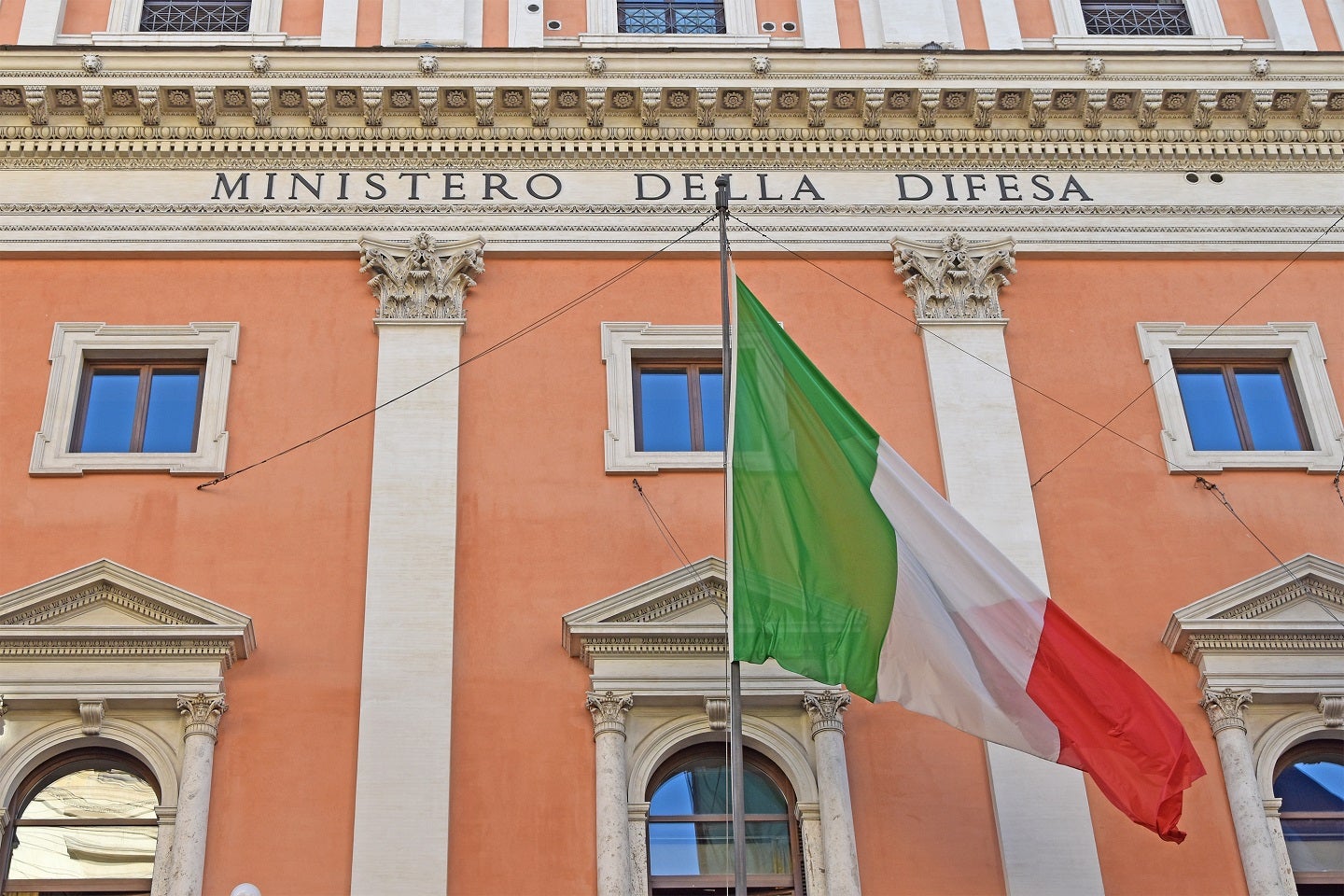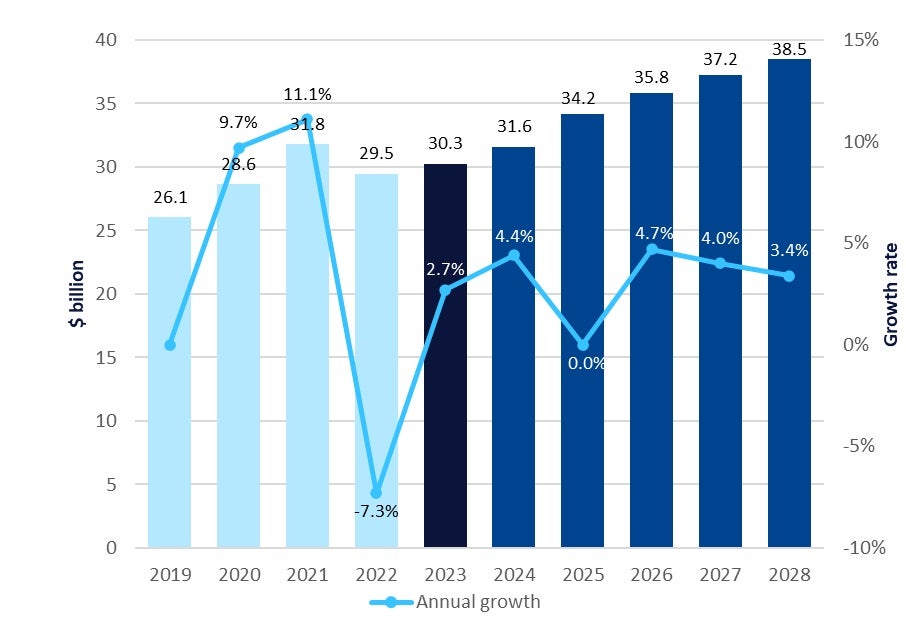
Leading intelligence company, GlobalData, expects Italy’s return to a growing defence budget. The company forecasts a spending increase from $31.6bn to $38.5bn between 2024 and 2028.
Frequent changes in government and ideology made concerted growth difficult and strategic end-goals hard to define. Nevertheless, Italy’s budget saw modest growth from 2019-21, climbing by $5.7bn from $26.1bn to $31.8. Economic uncertainty and continued Covid-19 impact saw a drop of $2.3bn to $29.5 in 2022.
Incumbent Prime Minister Giorgia Meloni has made it part of her agenda to overcome traditional Italian reluctance for long-term defence planning. Between 2023 and 2028, a total increase of $8.2bn is expected.

Motives for defence spending
The Russian invasion of Ukraine is the primary incentive for increased defence spending. The conflict has raised European tensions. The exposed weaknesses in the West’s defence-industrial capacity and drained extant stocks of arms and ammunition.
The weapons that have used in the conflict and the stark rates of attrition will inform procurement decisions across Europe.
Italy still maintains a sizeable military. It comprises a combat jet fleet of over 200, and a potent navy with undersea warfare capabilities.
Italy has commitments to Nato collective security and various overseas deployments under the EU and UN and ongoing procurement projects. These include the Modular Multirole Patrol Corvette, U-212 AIP submarines, and the A and B variants of the F-35 Lightning II fighter aircraft, and the $7.1bn invested into the Global Combat Air Programme.
Major European defence contractors such as Leonardo and Fincantieri are based in Italy. There is a strong preference for purchasing Italian domestic products. As well as commercial-off-the-shelf acquisitions from foreign suppliers – especially for major platforms – are rare. Opportunities for some firms may be limited to some segments of the overall supply chain.




